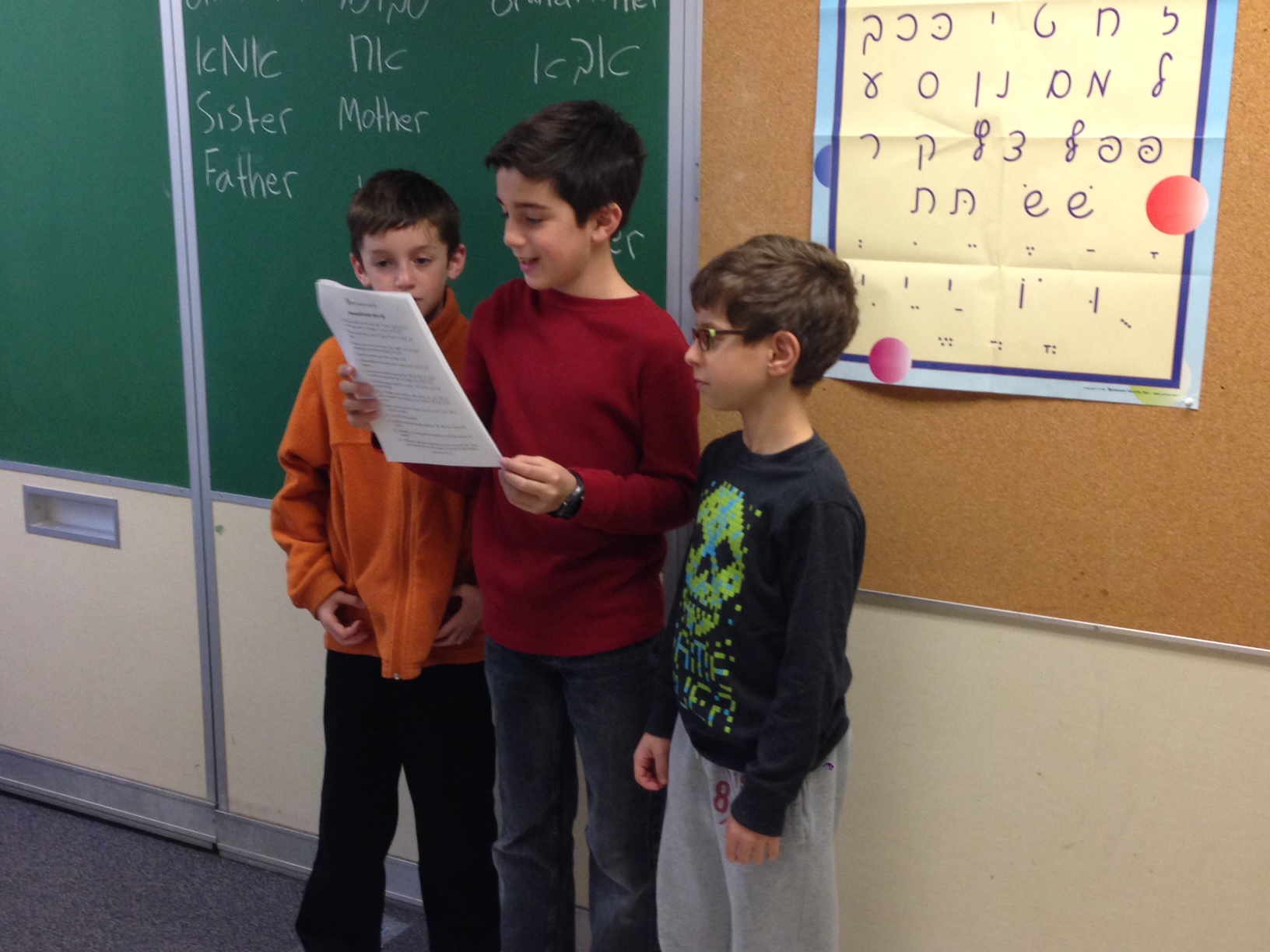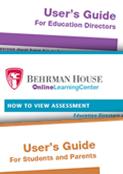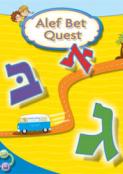- Home
- Play & Learn Home
- Online Enrichment
- Experience Modern Israel
- Israel It's Complicated
- Jewish and Me
- Jewish Holidays Jewish Values
- Jewish Values in Genesis and Jewish Values in Exodus
- Min Ha’aretz
- Our Place in the Universe
- Simply Seder
- The Prophets: Speaking Out for Justice
- Making T'filah Meaningful
- Make, Create, Celebrate
- Yom Haatzmaut Resources
- Hebrew Apps
- About The OLC
- What is the OLC?
- Introduction
- Get Started
- Resources
- OLC Content
- Parent Materials
- See My OLC Classes
- Store
Hebrew with Intent: Clarifying the Right Why
Written by Behrman House Staff, 03 of November, 2015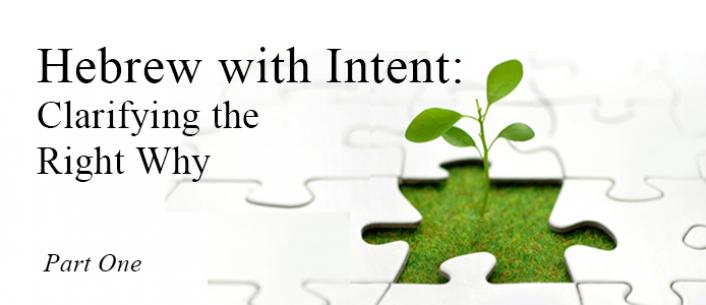
In the Spotlight: Temple Sholom of Chicago
Hebrew is unquestionably a significant piece of what it means to be Jewish. This is the first in a series of profiles of three educators and their experiences developing a clear-eyed purpose for Hebrew in their schools and a program that supports those goals.
Temple Sholom of Chicago, one of the city’s oldest Reform synagogues, has a history of fostering skilled Hebrew speakers. For many years, the Hebrew component of its religious school focused almost entirely on language, which reflected the community’s strong belief in the importance of modern Hebrew as a link to Jewish identity and culture.
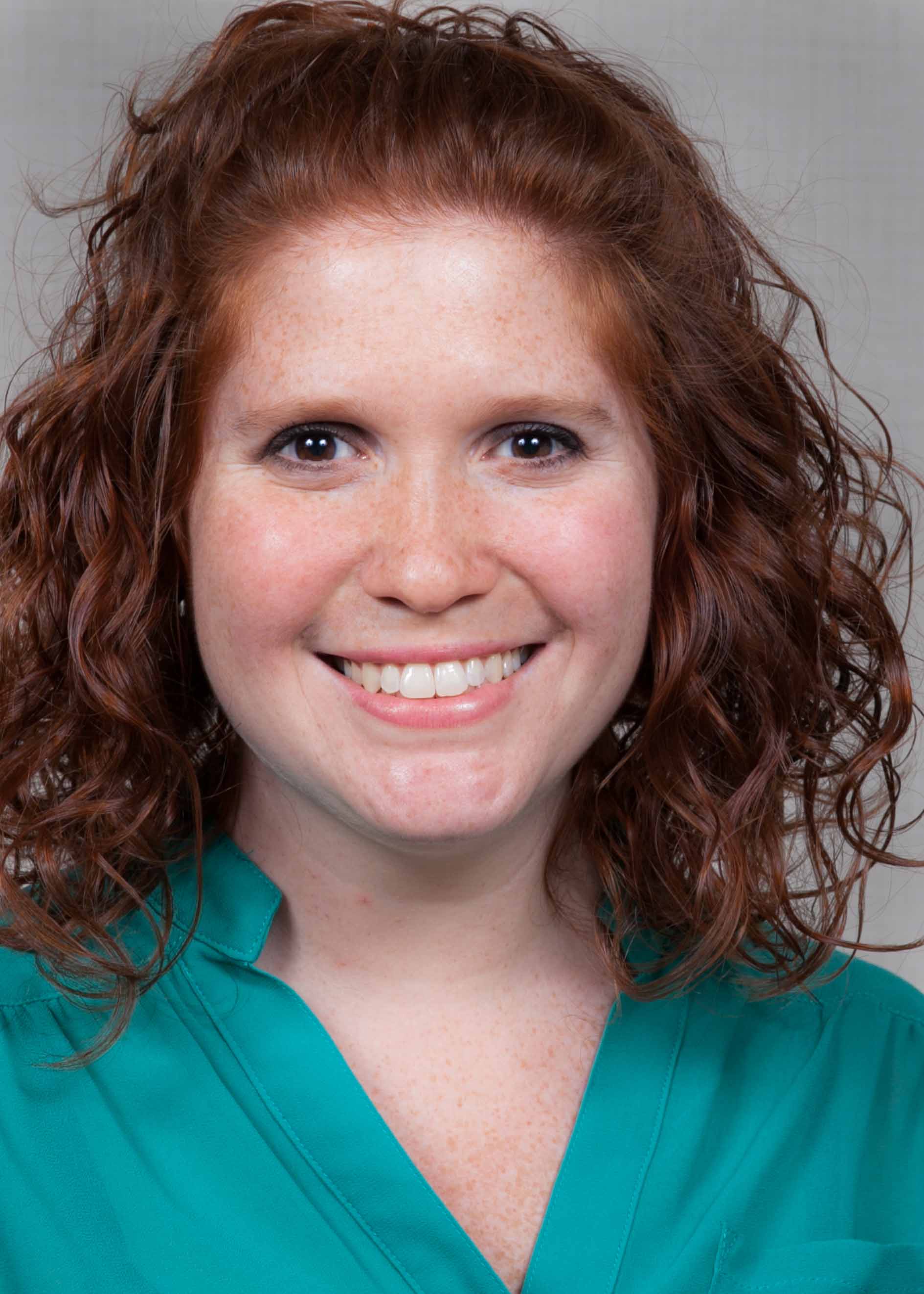 But not long ago, Kendra Gerstein, director of curriculum and b’nei mitzvah at Temple Sholom, discovered that the pre-teens coming to her for b’nei mitzvah prep were ill-prepared to lead any of the Shabbat service and could only read their assigned parashah. Prayer (t’filah) was virtually absent from its program, and “we were embarrassing ourselves,” Gerstein says.
But not long ago, Kendra Gerstein, director of curriculum and b’nei mitzvah at Temple Sholom, discovered that the pre-teens coming to her for b’nei mitzvah prep were ill-prepared to lead any of the Shabbat service and could only read their assigned parashah. Prayer (t’filah) was virtually absent from its program, and “we were embarrassing ourselves,” Gerstein says.
“Other schools focus so much on the prayers, but our kids just tumbled through it. We recognized that not only did we want kids to be comfortable with modern Hebrew, but we wanted to produce literate Jews who feel like they can participate fully in a worship experience,” Gerstein says. “We reframed our mission to reflect the fact that language learning serves more than one purpose.”
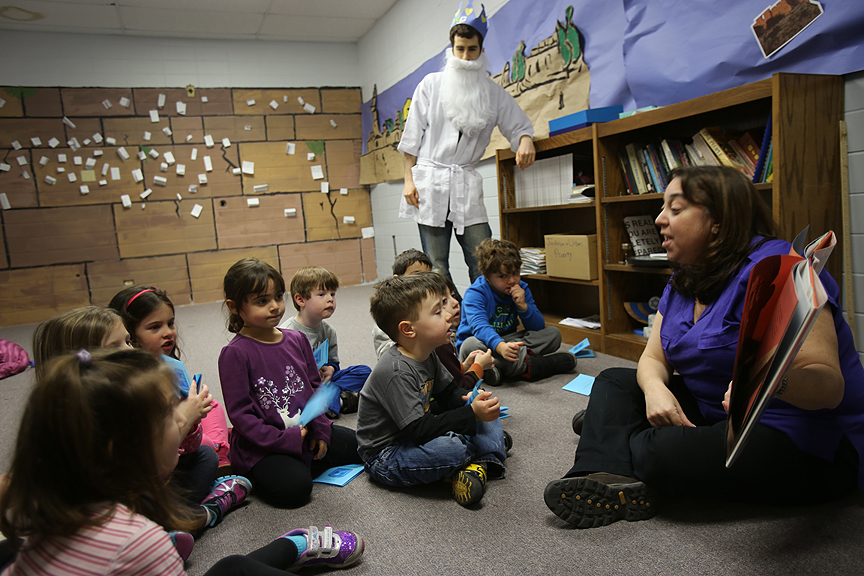
Once educators at Temple Sholom felt they understood why Hebrew was a key part of their curriculum, they started looking for the right way to teach it in their school. Under the direction of Rabbi-Educator David Fox Sandmel, Gerstein and others began a comprehensive review of the school’s Hebrew program, through the lens of those two main goals: creating an identity-building bridge and competence in a prayer setting.
Guided by its well-defined objectives, Temple Sholom has been able to chart a path for its teachers and students that matches their needs. For the religious school, which enrolls about 400 children, pre-K through 8th grade, its reasons for focusing on modern Hebrew are clear. “We give them enough so they can say, ‘I speak Hebrew,’ to create that spark and go to Israel either on our 8th grade community trip or as an adult. We want them to feel like an insider,” Gerstein says.

Teaching methods stem from that purpose. That’s why students learn to write in script. Hebrew learning begins in pre-K with decoding and is integrated into early childhood classrooms led by Israeli teachers. The school strives to hire teachers at all grade levels who speak Hebrew, a challenge in hiring perhaps, but something that “makes a huge difference to our students,” according to Gerstein.
Driven by the second Hebrew learning aim of developing prayer competency, Gerstein conducted a back-to-the-basics assessment of each child on their alef bet and found that not one child knew the letter chaf sofit. Apparently, the last chapter of their textbook covered that letter and by June, teachers hadn’t finished the book. The children, therefore, never learned the letter.
She views Hebrew as a Venn diagram, with prayer as one circle and modern Hebrew as the other. The overlap between the two drives the curriculum. Words like “ahava” (love), are part of an entire set of vocabulary that applies to both prayer and modern language. The school has recently starting using Behrman House’s Alef Bet Quest for letter recognition and the Shalom Ivrit series with its prayer companion, which zeroes in on both language and prayer.
“We have to be realistic about the time we have with the kids, so that focuses our energy on places that cover both,” Gerstein says. Cognizant of the time constraints, but determined to emphasize prayer, the school rearranged its Sunday schedule to include ½ hour of prayer. It also offers an optional additional hour per week for students in grades 3-6 to focus on Hebrew language learning. About three quarters of the students choose to participate.
She developed her own system of assessment, where students are expected to know vocabulary words from the select prayers, plus demonstrate comprehension of the prayer and fluency in reading. The school also tries to integrate technology into the program. Third graders use the Online Learning Center for Hebrew practice at home, and teachers use iPads during school time for visual t’filah. The school’s website also houses recordings of prayers and blessings for students to access from school or home. Gerstein notices a big difference between classes that use digital tools regularly and those that don’t, and is eagerly hoping for an online component for all the school’s materials.
“We know where we’re headed and why, and we have made strides in keeping kids interested in learning Hebrew longer,” Gerstein says, explaining that the school has added an extra modern Hebrew class for its middle schoolers, and is exploring offering a for-credit Hebrew class for high school students. “We also put an end to the ‘Hebrew school graduation,’ to make the statement that we should never stop learning Hebrew.”
Coming next week:
Part 2: Finding authentic purpose for Hebrew within its community.
In the Spotlight: Temple Emanu-El, Westfield, NJ

